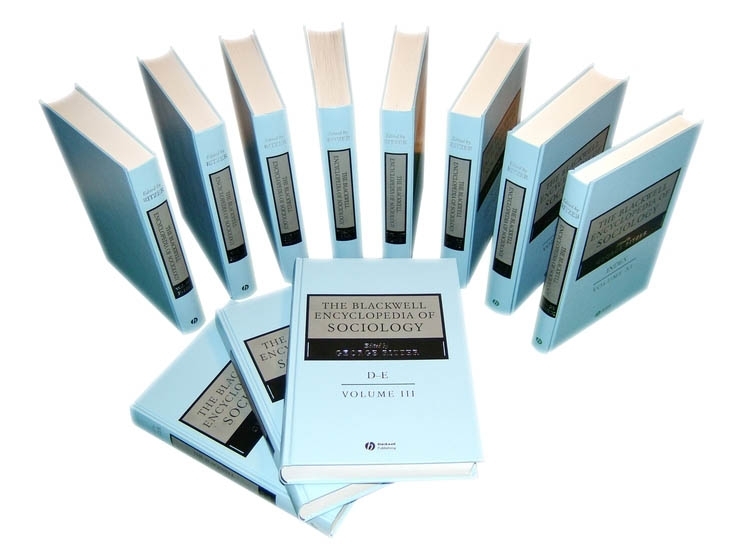Finalization in Science
Abstract
Finalization in science is a theory concerning the relationship between science and society from a historical and political perspective. It was developed in the 1970s by Gernot Böhme, Wolfgang van den Daele, and Wolfgang Krohn (Böhme, and van den Daele, 1976; Böhme, van den Daele, and Krohn, 1972, 1973, 1978). Its main thesis is that modern science has internal dynamics that allow it to absorb external goals of research on an increasing scale. The term “finalization” (from the Latin finis, “purpose,” “goal,” “end”) is meant to denote this tendency. This theoretical model is continuous with the paradigmatic view of Thomas Kuhn and with Imre Lakatos's methodology of scientific research programs but adds supplementary features concerning the social contexts of science. With respect to many fundamental disciplines of modern science, the model assumes a typical three-phase development. The first – the explorative phase – embraces the period prior to the emergence of theories that would be strong enough to organize the field. At this point a research program internally determining the relevance and succession of problems is absent. Rather, all kinds of challenging problems can be experimentally analyzed and classified and serve to induce competing theories. Examples can be found in mechanics before Newton; in chemistry before the work of Lavoisier, Proust, and Dalton; in electrodynamics before Maxwell; in evolutionary biology before Darwin; and in genetics before the double helix model. Contemporary examples are neurobiology, research of chronic diseases, and cancer research. The exploratory phase allows for multiple, if contingent, couplings of external problems with scientific interests. These couplings are important because they carry the institutional and monetary support of the research fields.



